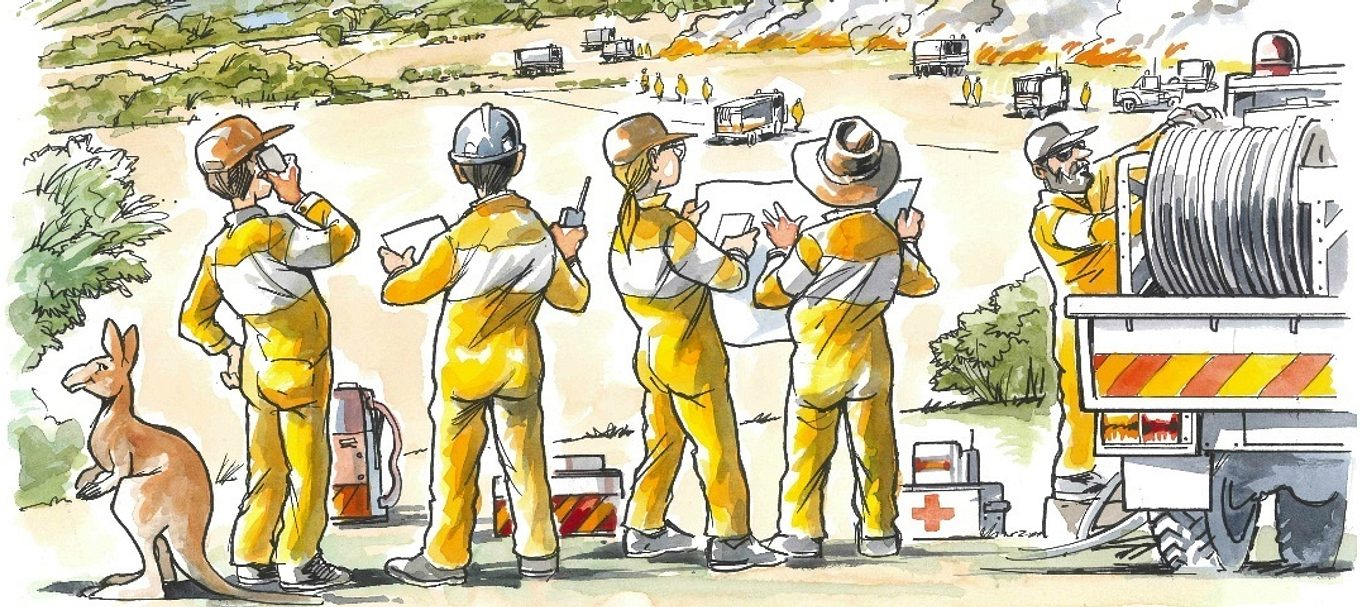
6 stages of prescribed burning
22 Mar. 2023 3 min read
You might know a little – or even a lot – about prescribed burns that are carried out by National Parks and Wildlife Service every year.
They’re all about minimising the risk and impact of bushfires by cleverly, not to mention carefully, reducing fuel loads in at-risk areas, managing native vegetation and protecting biodiversity in South Australia's parks and reserves.
But do you know just what this entails?
It’s not as simple as striking a match, crossing your fingers and hoping for the best.
From conducting flora and fauna surveys to protect habitats, to figuring out where fire trucks need to be positioned, and ultimately seeing the land regenerate, here’s everything you need to know about the prescribed burning process.
Stage 1: Working out the best place to conduct a burn is the first step. During the planning process, fire management officers assess the risk to nearby assets like homes and farms to make sure that the prescribed burn will reduce the risk to these properties if there’s a bushfire.

Stage 2: Surveys are undertaken to identify important plants, animals and cultural sites that need to be protected. In these instances, the prescribed burn is planned in such a way that certain parcels of land, home to these vulnerable species or precious sites, are kept out of the fire.
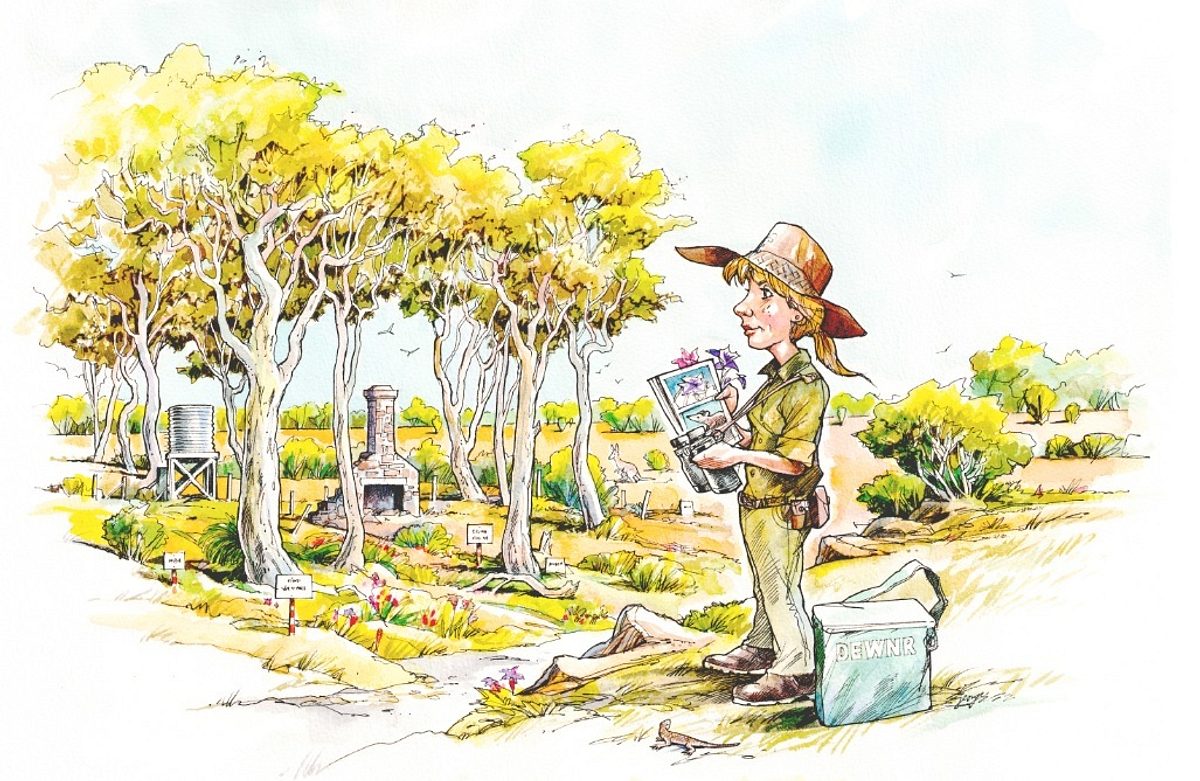
Stage 3: The location of fire trucks and crew are planned months in advance so everyone stays safe when the burn is underway. Careful thought goes into the type of vehicles to use and how many are needed, as well as how many crew need to be on hand. This all makes sure the burn is conducted safely and without escapes.
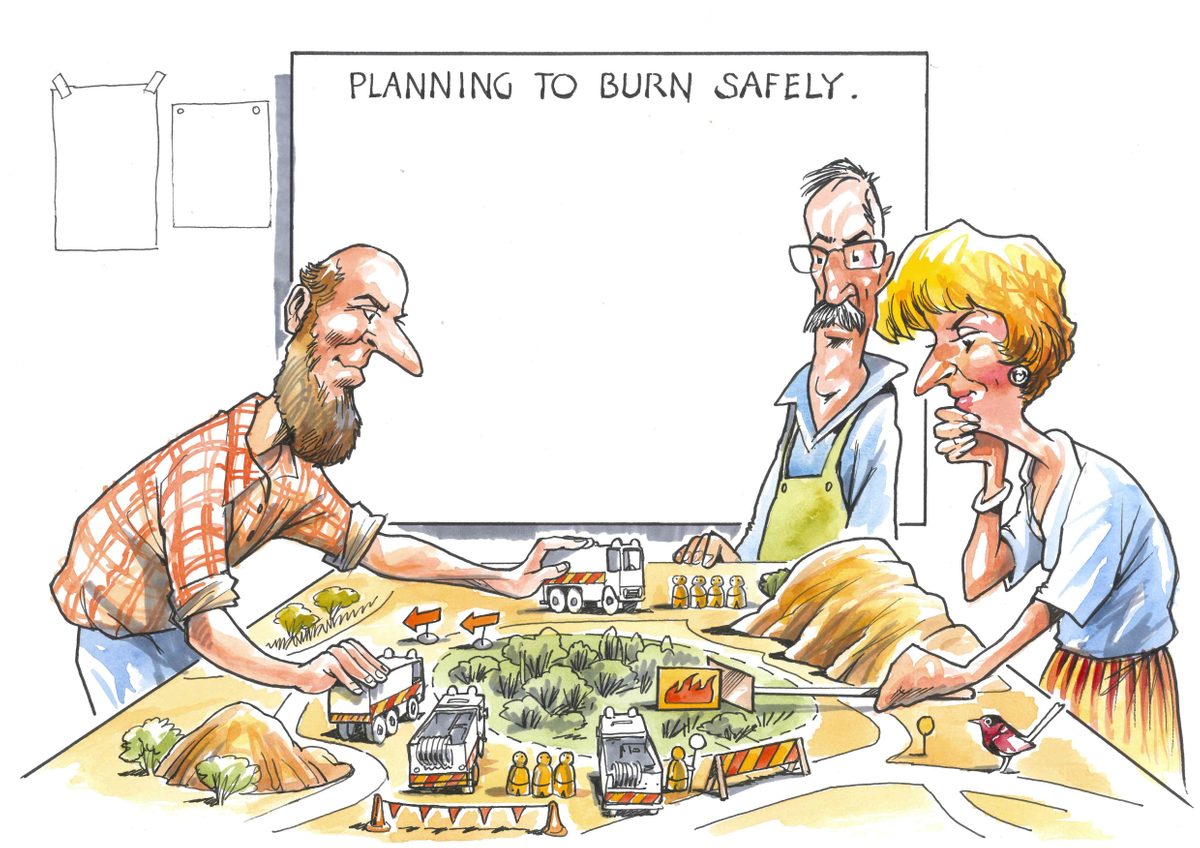
Stage 4: It’s not just the roll of a dice that determines when a prescribed burn will happen. Experienced fire crew look closely at weather patterns to figure out the safest and most effective time to get out into the field. Generally autumn and spring are the best seasons to burn in.
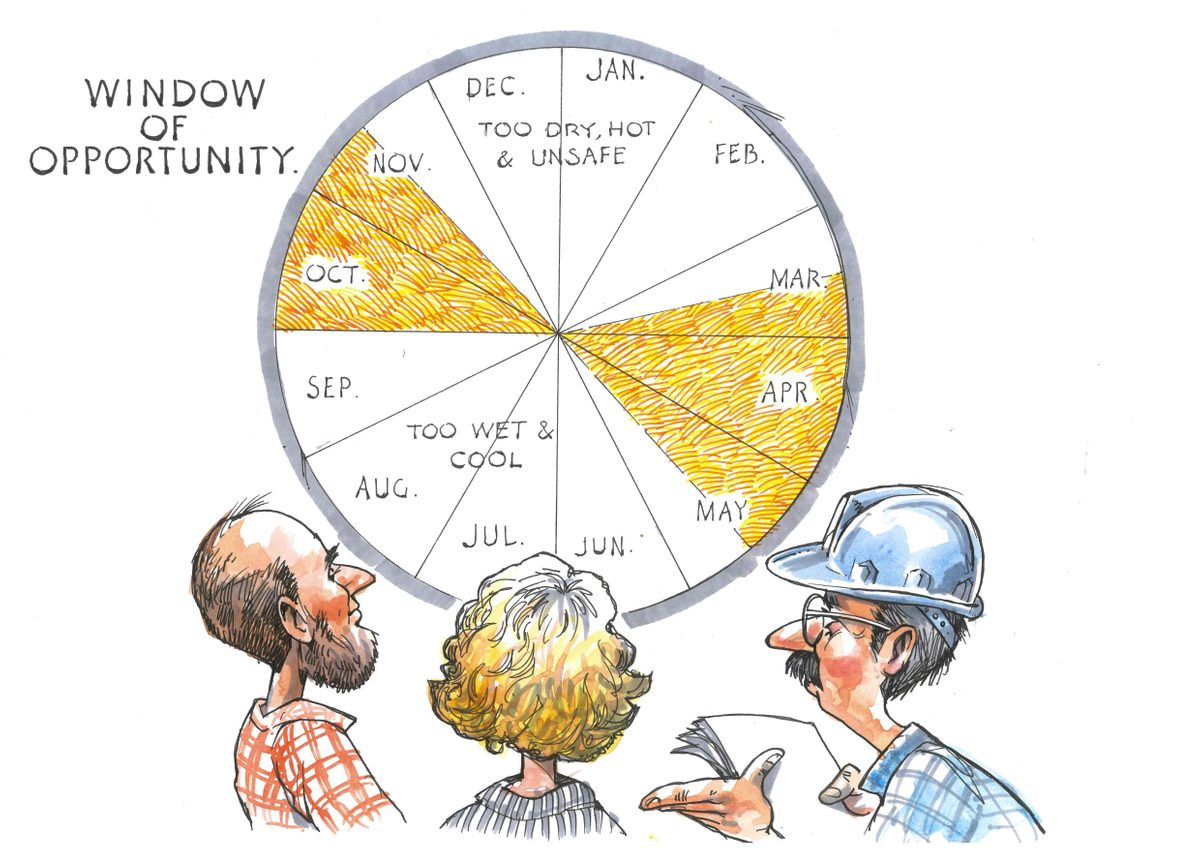
Stage 5: The prescribed burning day has arrived. There’s a lot that needs to be ticked off the checklist for the burn to go ahead. Weather is the most important factor for safe burning, which includes appropriate wind direction and speed, relative humidity, temperate and fuel moisture. A test burn is carried out before the real thing takes place. Once the prescribed burn is extinguished the area is monitored for days after.

Stage 6: In the months following a prescribed burn, plants regrow and animals return. By introducing fire into a landscape at the right time, a range of plants and animals are helped with seed germination stimulated or the right kind of habitat structure provided. Fire management officers monitor this landscape and also make sure that any necessary treatments are undertaken, such as weeding.
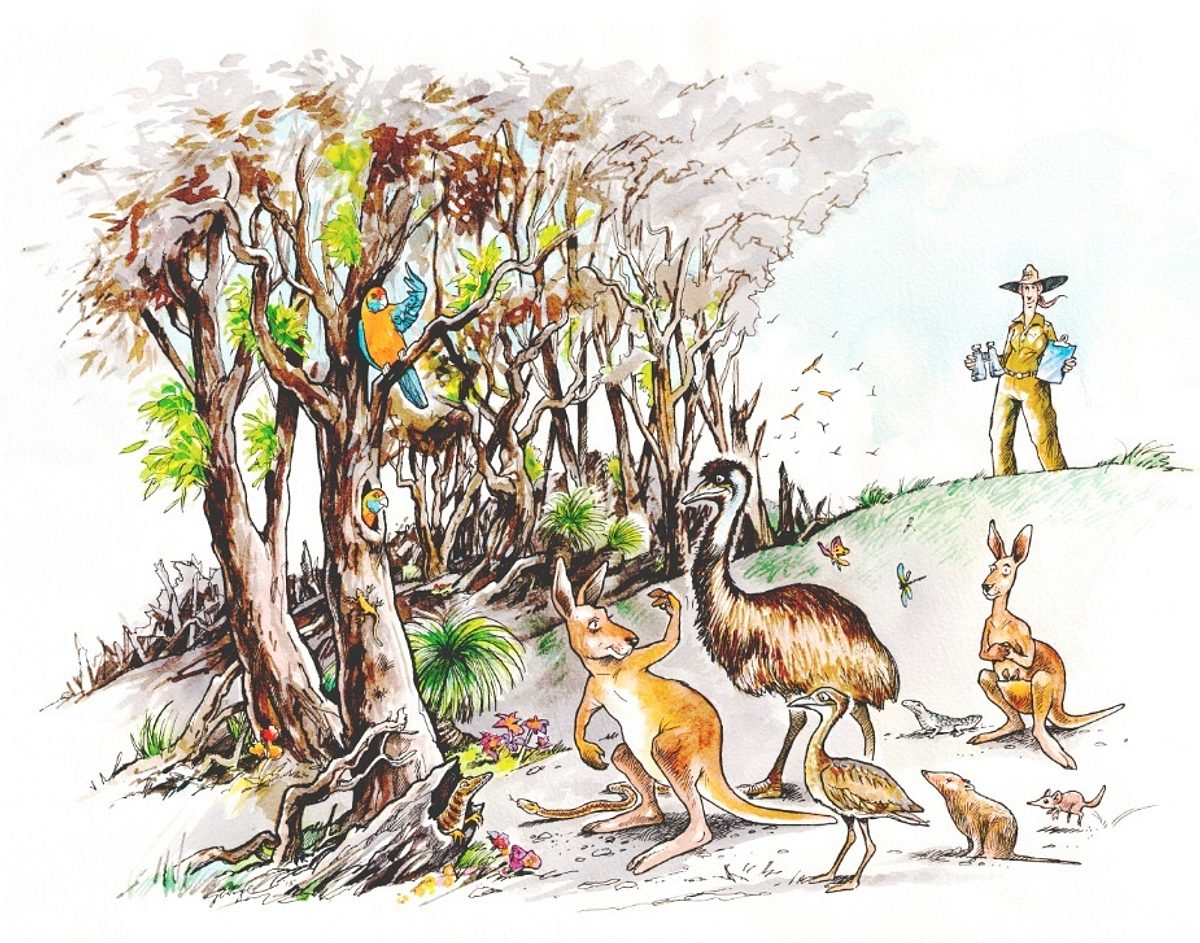
You can find out where and when prescribed burns are happening near you.
The expertise for this highly skilled work resides in the South Australian Department for Environment and Water (DEW). DEW is also a brigade of the Country Fire Service.
All images courtesy of George Aldridge.
This story was originally posted in May 2016.





